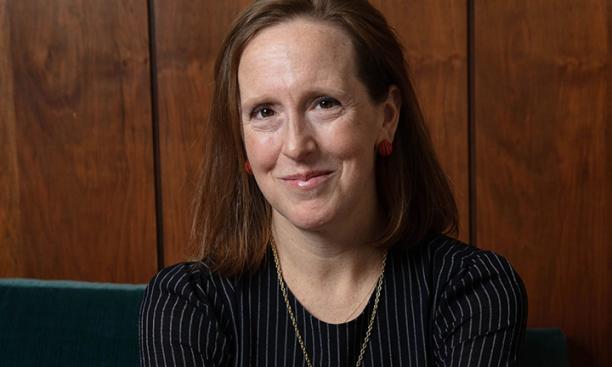
In 1966, Ernest Cole, a Black man from South Africa, smuggled his photographs of life under the country’s system of apartheid with him when he left for the U.S. The next year he published some of those images in House of Bondage, now regarded as one of the most important photobooks of the 20th century. Cole went on to photograph in New York, a handful of other U.S. cities, and the American rural South, though little of that work was ever shown.
Sarah Meister ’94, then a curator at the Museum of Modern Art, in 2019 shepherded MoMA’s purchase of 38 of the photographs Cole made in South Africa and the U.S. A selection of those works is now on view at the museum.
In Cole’s South African photography, Meister says, “He conveys an acute awareness of what the horrors and injustices and indignities of that system meant.” In Cole’s New York work, she adds, “You sense his curiosity as a witness to a spectacle. He looked as an attentive observer at arguably less brutal but still deeply divided culture that he was increasingly becoming a part of. His work helps you understand the overt and subtle forms of discrimination in each of these cultures better.”
Cole’s works were one of the last major acquisitions Meister made for MoMA. In 2021, she was tapped as the executive director at Aperture, a nonprofit publisher devoted to photography.
At the time she moved to Aperture, she had been in conversation with MoMA’s publication department on reissuing House of Bondage and doing a book of Cole’s work from the U.S. Meister was able to bring those projects with her to Aperture, which republished House of Bondage last year and is preparing to issue Ernest Cole: The True America, a book featuring the U.S. work.
Cole is just one of the photographers whose work Meister has championed in her career. A course on the history of photography with professor and MoMA curator Peter Bunnell sparked her interest in the field, and after graduating from Princeton she started as an intern at MoMA in the photography department.
Meister rose through the ranks at the New York museum and was promoted to curator in 2009. She organized shows on a range of figures from Dorothea Lange, famous for her work in the Great Depression, to a group of amateur photographers in São Paulo in the middle of the 20th century, the subject of the last show Meister did before moving to Aperture. She also recorded a series of lectures for the course Seeing Through Photographs, which MoMA launched on Coursera in 2017.
Now Meister leads Aperture, where she oversees a staff of 40. Started by Lange, Ansel Adams, and Minor White as a quarterly magazine in 1952, the institution continues to play a major role in the world of photography. The art form has always been “at the center of the conversation” there, Meister says, “whereas at MoMA the medium often found itself in the shadow of painting and sculpture.”
In addition to its quarterly magazine, Aperture publishes books of photography such as those by Cole. It also organizes exhibitions — including several at the Princeton University Art Museum’s gallery on Hulfish Street — and gives awards to emerging artists.
“I believe that photography makes a difference in our world like little else,” Meister says, “and when you allow yourself to focus on it, you open up possibilities for grappling with the world around us.”
